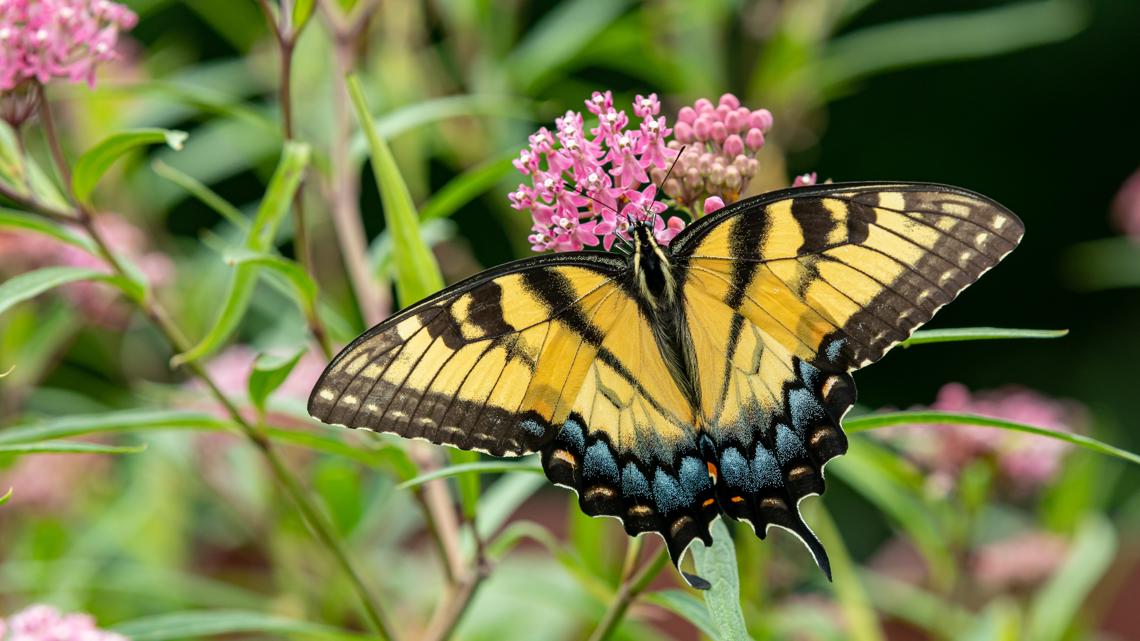
Butterfly populations are plummeting worldwide, with experts citing habitat loss, pesticides and climate change as key factors.
SAN ANTONIO — Butterflies are disappearing at an alarming rate around the world, including here in South Texas. We spoke with the experts about why this may be happening and what we can do about it.
Experts say the butterfly population around the world has been going down by about 1% a year. That doesn’t sound like much but year after year, those numbers add up to devasting results.
“The reason why I love them is because I feel like that they can just be so elegant and beautiful all the time,” said Brynn Juliana Rojas, who loves butterflies. She says she can’t imagine a world without them.
“I would cry for the rest of the world. It would just be a tragedy. It would be horrible,” Rojas added.
David Bolster, an encounter educator at the San Antonio Zoo told KENS 5, “They’re pollinating your native trees, they’re pollinating your agricultural plants, your vegetables, your flowers… That’s huge. They’re also part of food chains, so you have the whole interconnectedness.”
A recent study published in the journal Science looked at the records of 12.6 million butterflies in the U.S. It found between 2000 and 2020, total butterfly numbers fell by 22% across more than 550 species.
13 times as many species were found to be declining versus increasing.
“To watch the change in the populations of butterflies in my lifetime is dramatic and scary and sad,” said Bolster.
So why are they declining? Experts say there are three main reasons:
Starting with the loss of habitats as we populate the planet, the use of pesticides and fertilizers and climate change is a third reason as plants bloom at different times than they used to.
So what can we do about this in south Texas?
“Making sure that you’re avoiding the use of pesticides within those gardens and even if you are not individually using pesticides, sometimes those plants are coated in pesticides prior to you purchasing them,” said Dr. Jessica Beckham, a professor of instruction in the Department of Biology, Health and the Environment.
Other things you can do at home: plant trees, keep a bird feeder outside with nectar and water and stick to natural bug remedies. Also, consider making a butterfly garden but make sure you are not using any pesticides.
